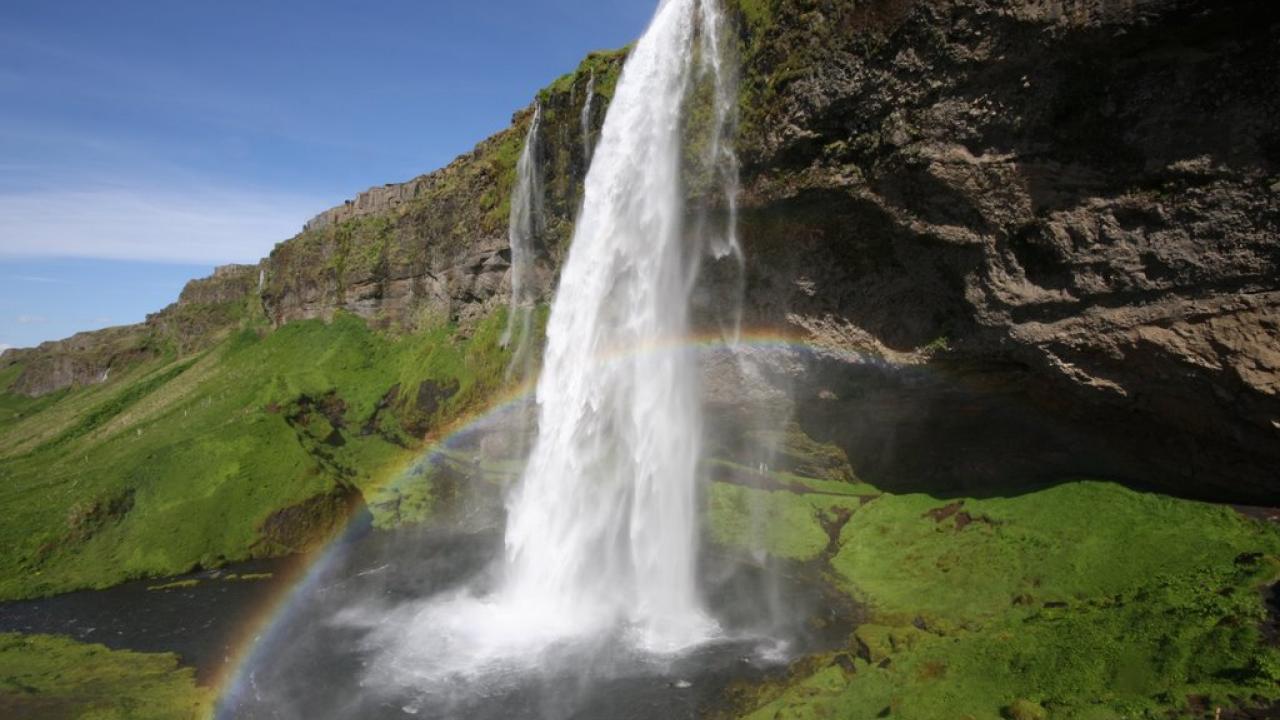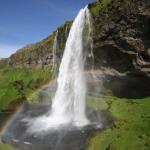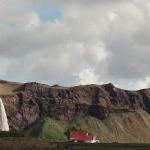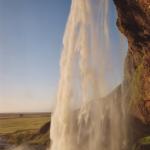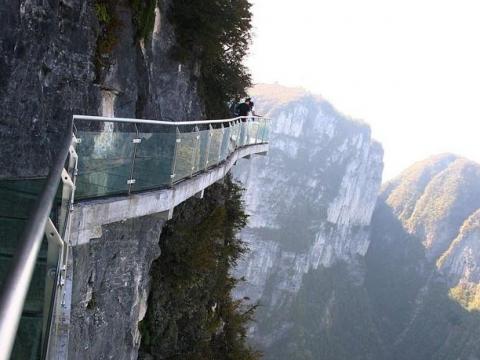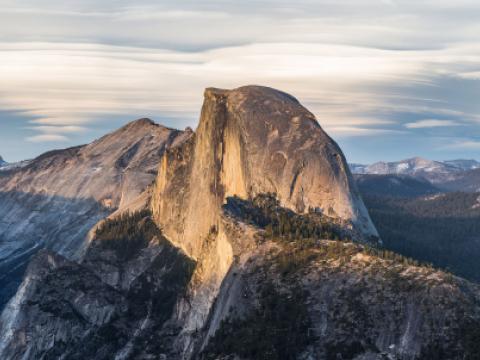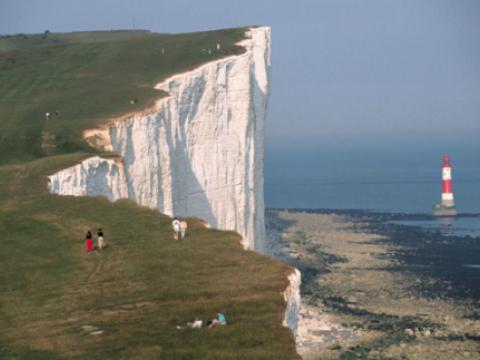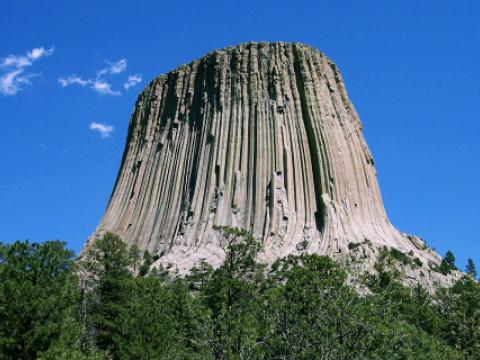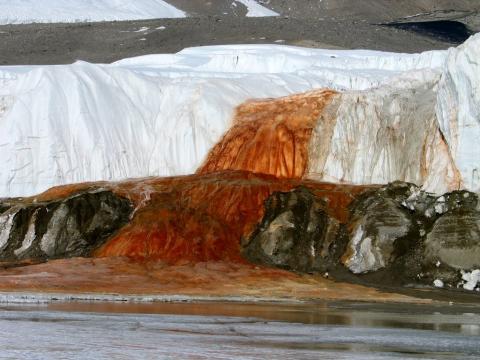Location
Seljalandsfoss is a highly picturesque waterfall on the south coast of Iceland. The waterfall has ended up in many books and postcards about Iceland and it has become one of the most famous waterfalls in the country.
This waterfall of the river Seljalandsá drops 60 metres (200 ft) over the cliffs of the former coastline. The specialty of Seljalandsfoss is that you can go behind the waterfall to get a view from a different perspective.
The access by car is really easy. The waterfall is about 127km from reykjavik along almost direct road.
If you don´t have a car, there are several tour companies in Reykjavik that make tours to Seljalandsfoss. Normally it is combined with some other south coast sights.
Access to the falls is free and it is open year round. There are no services at the falls, besides a picnic table and a public bathroom.
The tours that leave from Reykjavik and combine several sights are in the range of 60-100€ depending on the contents.







